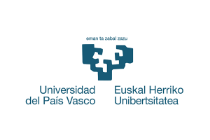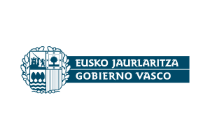 Ponente invitad@: Marisa Carrasco. How Voluntary and Involuntary Attention Differentially Shape Perception
Ponente invitad@: Marisa Carrasco. How Voluntary and Involuntary Attention Differentially Shape Perception
Marisa Carrasco. How Voluntary and Involuntary Attention Differentially Shape Perception
What: How Voluntary and Involuntary Attention Differentially Shape Perception
Where: BCBL Auditorium and zoom room # 2 (If you would like to attend to this meeting reserve at info@bcbl.eu)
Who: Professor Marisa Carrasco. Julius Silver Professor of Psychology and Neural Science; Collegiate Professor;
New York University, NY, US
When: Thursday, May 2nd at 12:00 PM noon.
Visual attention is essential for visual perception; it enables us to selectively process information across space, visual dimensions, and time. In this talk, I focus on two types of covert spatial attention: Endogenous attention, which is voluntarily deployed and sustained, and exogenous attention, which is involuntarily deployed fast and transiently. I illustrate how these two types of attention differentially modulate visual perception. I highlight findings from: (1) Psychophysical experiments investigating their effects on performance and their corresponding featural representations. (2) An image-computable model, which require separate operating regimes across visual detail (spatial frequency) to explain how they differentially alter visual perception; (3) Neuroimaging (fMRI) experiments differentiating their effects in occipital cortex. (4) Neurostimulation experiments with transcranial magnetic stimulation (TMS) establishing differential causal roles of the occipital cortex (V1/V2) for exogenous attention and of the frontal cortex (right frontal eye-field) for endogenous attention. Together these studies reveal a computational dissociation and a critical role of different brain areas to explain how endogenous and exogenous differentially attention alter the processing of basic visual dimensions and shape perception.








